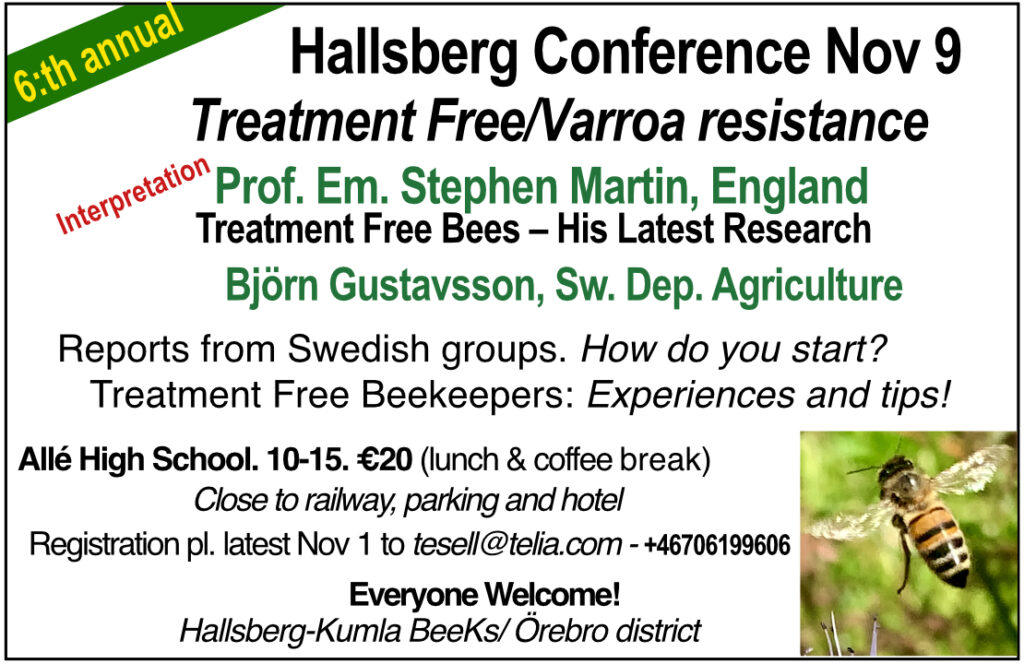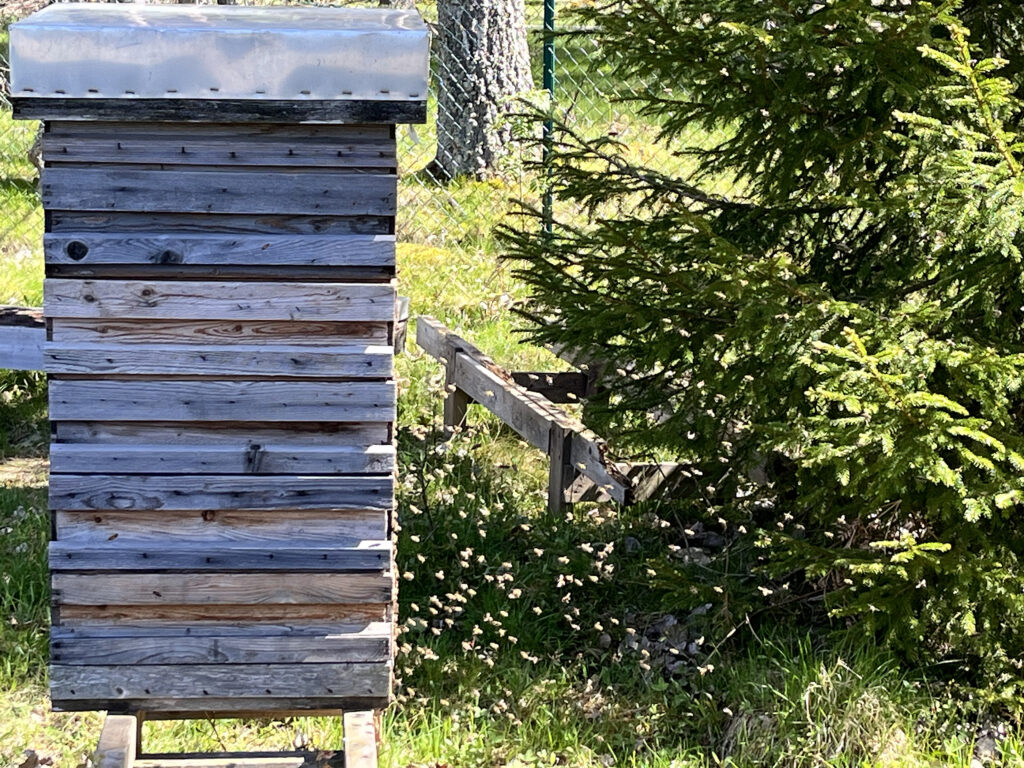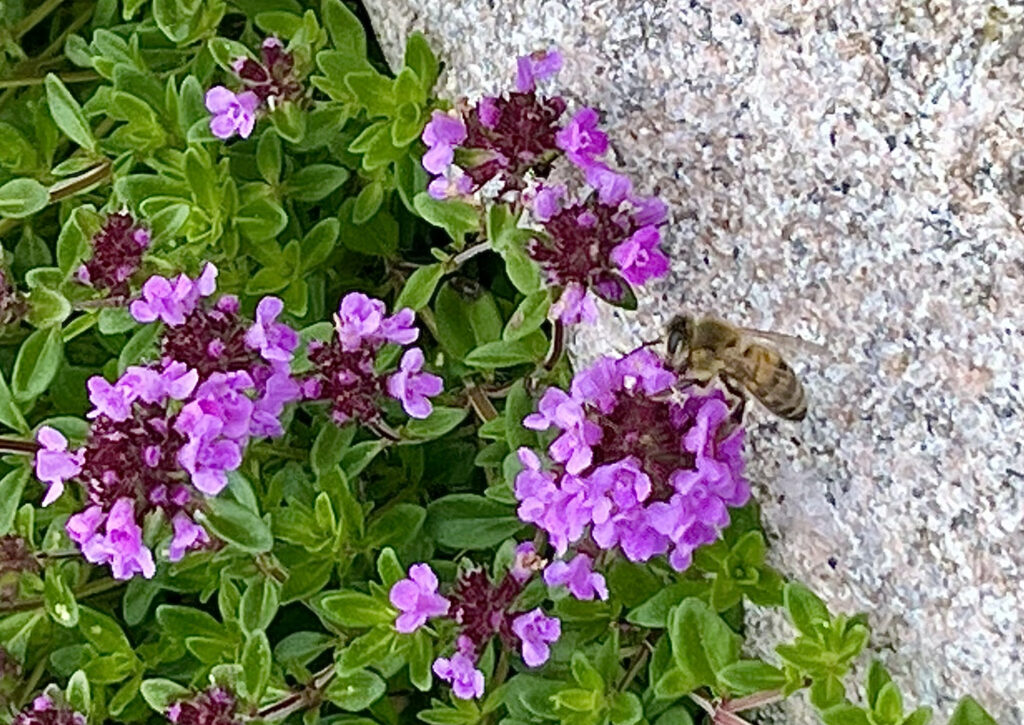Hallsberg bees in 2024

Hallsberg municipality has many treatment-free bees. In the first emerging center in the municipality, most bee colonies have been treatment-free for many years. The last ones became treatment-free a few years ago.
At my center, the first treatment-free bees were treated for the last time in 2015. A group of non-treated bees was added every following year. The last group of my bees received their last treatment in 2020. Since then, no bee colony has received any varroa chemical or any special treatment aimed at limiting the amount of varroa.

How do you average the number of years of treatment freedom? In order not to exaggerate, this year I have said that on average my bees have been treatment-free for five years. How significant is that figure?
The experiences of our treatment-free bees is growing every year. There will be more to share at our annual resistance conference in November.

When the varroa population in my bee colonies started to get high in 2008, the breeding work started in earnest. The varroa treatment that started the following year was gradually reduced in my operation. Overwintering performance varied quite a lot in the first years. It stabilized as the years went by and varroa resistance increased, to land at about 5%. This is the figure for my winter losses before varroa affected my beekeeping.
This past winter, 2023-24, was different. It started with a wet fall with a bad season to form a good amount of healthy winter bees. The winter started early, already in November. In March the bees started to breed properly. Then followed 3 weeks of unusually cold spring weather. The bees warmed the brood and in many cases had difficulty reaching food. This was the case throughout the country. The bee colonies that survived the winter could be weakened and needed a long time to develop a vital and good strength to collect a crop for the beekeeper.
Many beekeepers experienced double the winter losses compared to other years. This was true for all kinds of bees, treated and untreated, including mine. And the harvest was smaller, for more than one reason. Partly weaker overwintered colonies, more splits made to replace winter losses, less area of cultivated winter rape, when the bees were in strength to collect a harvest of honey, many plants were overbloomed. But next year will be better, it always is!
Always good to hear your updates and glad to hear you’ve made good progress through cooperation with your neighboring beekeepers. A presentation at Apimondia next year?